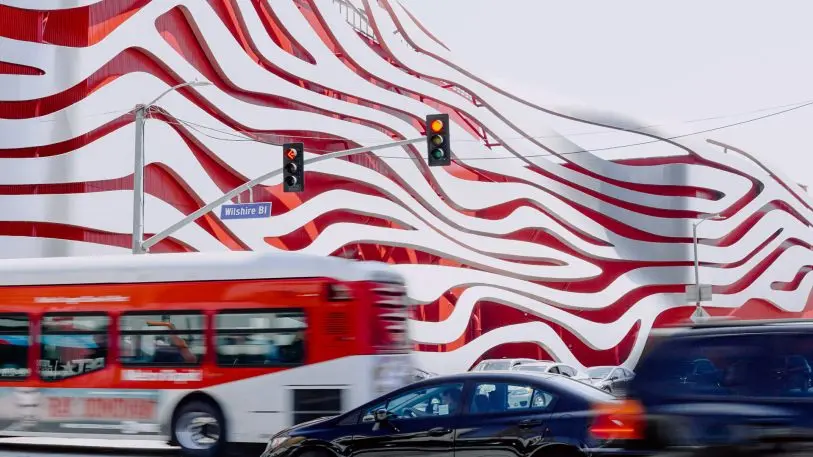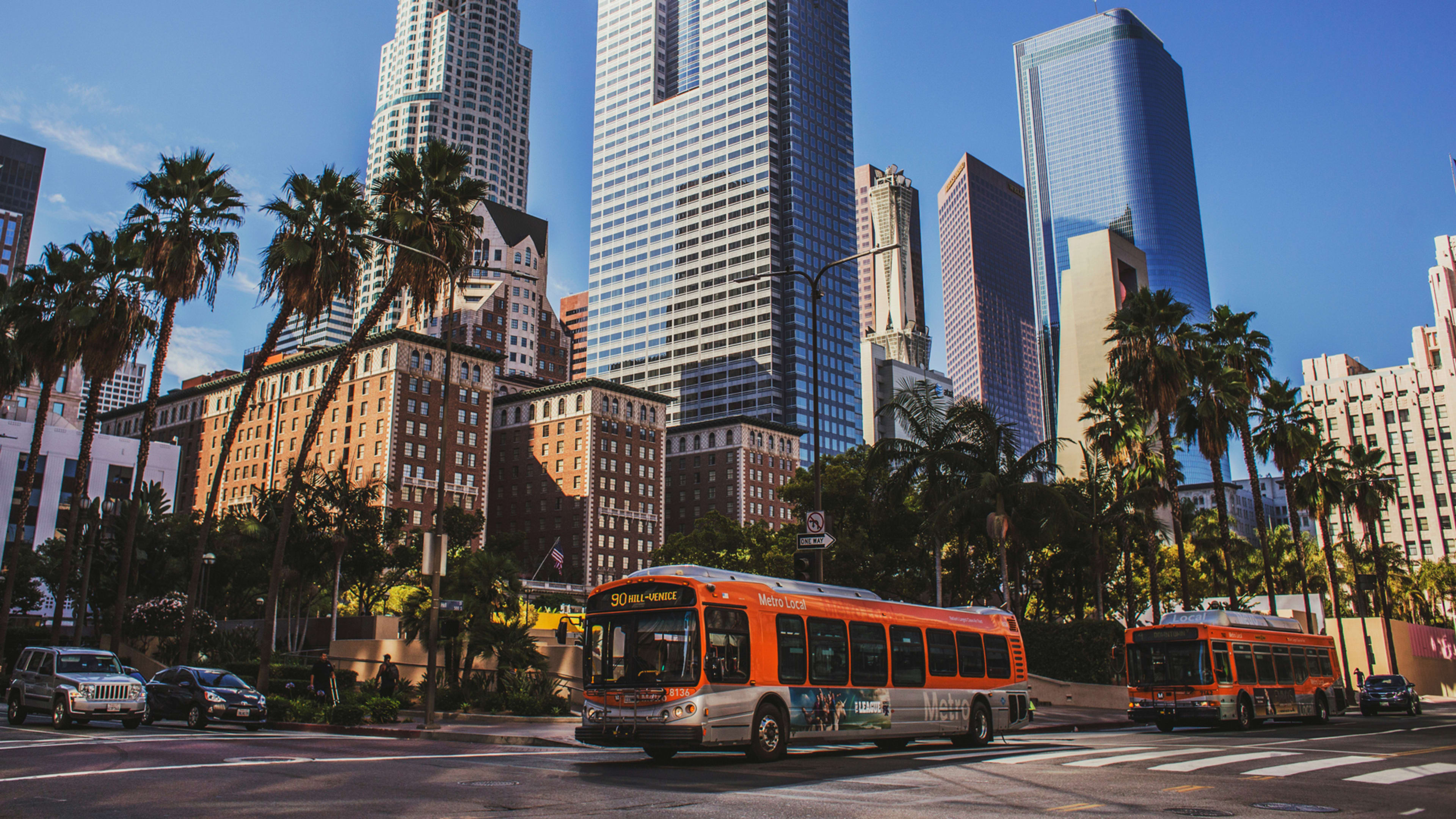Los Angeles, where drivers spend 102 hours stuck in traffic jams each year, is one of the most polluted cities in the U.S. But within a decade, smog in L.A.–and carbon emissions–will steeply drop. The region is embarking on an ambitious plan to move toward zero-emission transportation.
In 10 years, according to the Zero Emissions 2028 Roadmap, a new plan in development by the City and County of L.A., local utilities, car companies, and several other partners, as many as 45% of private cars and trucks will be electric. They’ll use as many as 130,000 new public chargers. Between 50% and 100% of shared cars will be electric. All new buses will be electric; the entire bus fleet will be between 80% and 100% electric. Semis at the ports of Los Angeles and Long Beach will begin to shift to electric power. Between 25% and 50% of delivery trucks will be electric. Delivery drones, if they appear, will also be electric.
“L.A. is known as the car capital of the world, and really the epitome when you think of a city with traffic,” says Matt Petersen, president and CEO of the Los Angeles Cleantech Incubator, which convened the new partnership. “With the Olympics arriving in 2028, in 10 years, we really believe that L.A. and the region needs to lead by example by moving further, faster.”

Local utilities are preparing the grid to support zero-emissions transportation by scaling up renewable energy and building out charging infrastructure and the technology needed to support it, from battery storage to software to manage power.
The local utility Southern California Edison has $343 million to provide rebates for thousands of new electric vehicles (EVs) and the infrastructure to charge them, and may spend another $760 million. In the low-income neighborhood Watts, a state grant paid for a new electric car-sharing program and electric shuttle for residents. Near the port, a stretch of highway is testing technology that can charge electric trucks as they drive. The City of L.A. is now also working with 29 other cities to collectively bargain for better deals on electric cars for municipal fleets in a new program.
The partners are also working to encourage more commuters to choose public transportation over a car of their own, and walking or biking to a subway or bus station rather than driving to a parking lot. “The ultimate goal isn’t just to drive an electric vehicle,” says Petersen. “It’s to live in a region and a world that has fewer greenhouse gas emissions in the atmosphere creating a climate crisis. It’s that we’ve made L.A. the epicenter of the clean mobility revolution and called on startups and entrepreneurs to come forward . . . and have them deploy and test and sell the technology and advance it here first.”
The changes aren’t easy. An average commuter may not necessarily be interested in driving an electric car, for example, or confident that the charging infrastructure is ready to support them. “We want to get past the early adopters and folks that currently don’t think an EV is for them,” says Petersen. (Even the LAPD has reportedly made little use of the fleet of electric cars that it leased.) But as Petersen points out, the region already leads the country in the number of electric cars on the road. And other cities have also moved even more quickly–in about six years, the Chinese megacity of Shenzhen shifted its entire fleet of 16,000 buses to electric, and all of its taxis will also be electric by 2020.
Recognize your brand’s excellence by applying to this year’s Brands That Matter Awards before the early-rate deadline, May 3.
